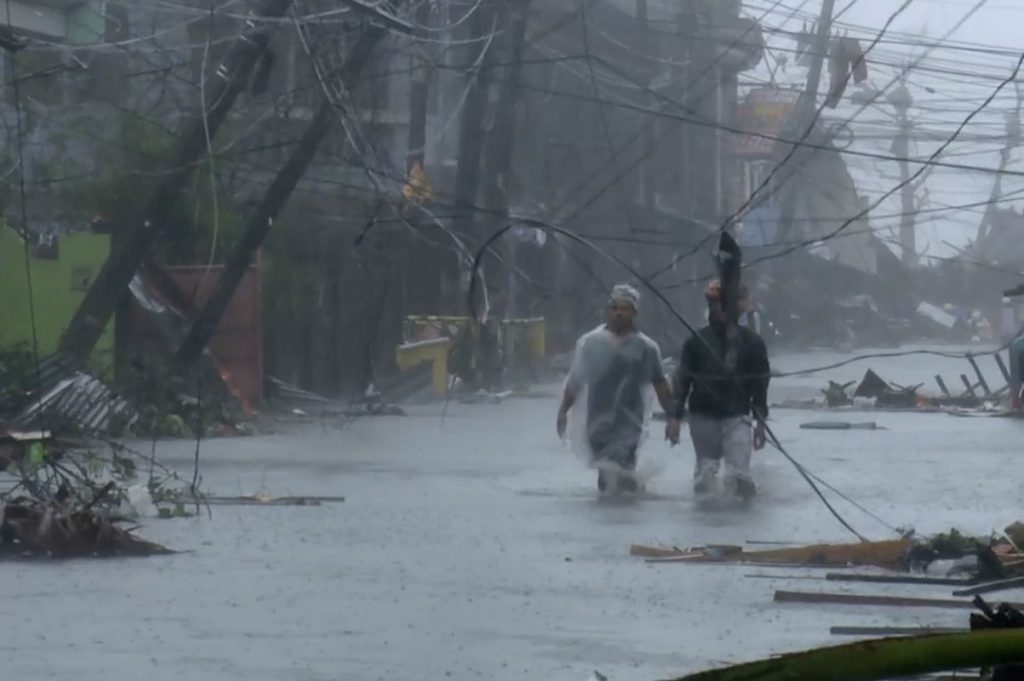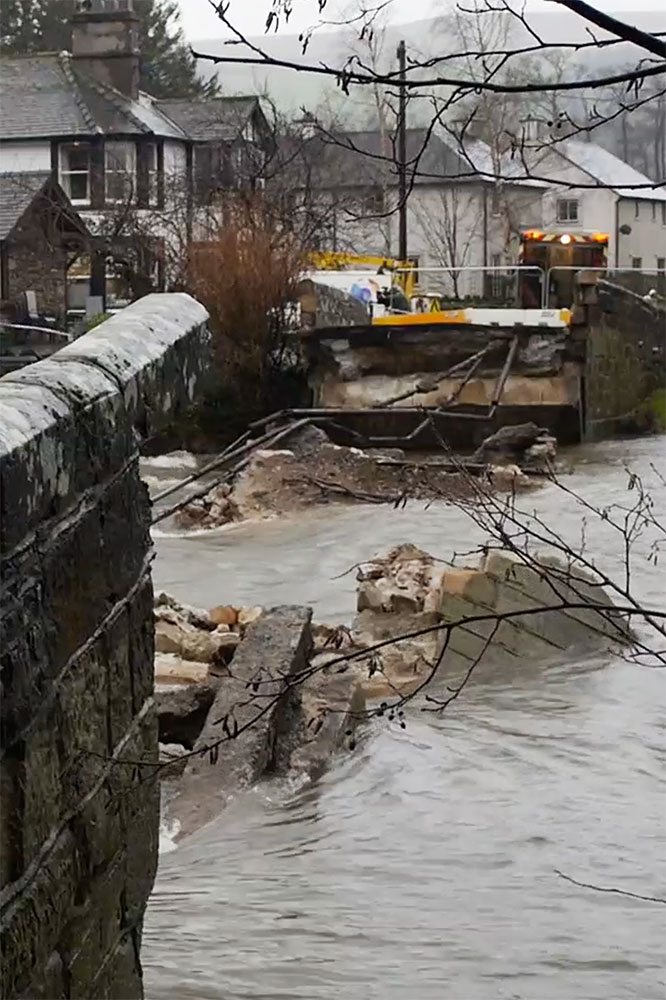We have now entered the Age of Disasters, the human and economic impacts of which will escalate during the present century. The root causes of this are:
Urbanization:
The concentration of people, assets and wealth in smaller geographic footprints, making them richer hazard targets, while at the same time giving us a false sense of security.
Coastalization:
The increased development of coastal locations, as well as vulnerable lands in general, many of which are man-made but under-designed for the coming hazards.
Economization:
The general cheapening of construction and short-term financial thinking, combined with a propensity to take greater risks vis-a vis hazards.
Climate:
The rise in magnitude and frequency of natural hazards, which overthrow all historic assumptions on which urban development has been based.
Consumers can make a difference by taking matters into their own hands and not waiting for government.
For most, our home is the center of wealth and safe-keeper of family members, of irreplaceable personal items and life’s memories. All deserve to live in a hazard-safe home. This documentary aims to help make you a ‘resilience-smart consumer’, by:

- Not comforting in labels like ‘built to code’, ‘occupancy permit’ or similar, knowing that most codes only give you enough time to escape, and do not protect your property.
- Independently researching the local hazards, especially wind, water, fire and seismic.
- Focusing on the two key resilience questions: Where is the property built and how is it built?
- Knowing the elevation of your property relative to open (ocean, lake) and moving water bodies (rivers, streams). If less than 15ft, look harder at the risk. Ask, if there is a dam or flood barrier upstream of your location, what would happen if it failed?
- When buying, going beyond the cosmetics marketed by the property industry, to find out what’s under the floors, behind the walls and in the roof. Most of these are not typically addressed in standard home inspections (which typically just look for unusual wear and code issues).
- How combustible are the materials that make your home stand up? If the fire department cannot reach you in time, will it collapse?
- If you’re in a hurricane or tornado hazard area, will your home withstand a 90, 110, 135, 150 or 175 mph wind? The higher the safer.
- Does the home have a code-plus Fortified certification and at what level?
- Knowing that energy efficient doesn’t necessarily mean hazard resilient, although most resilient homes are also more energy efficient.
- When renovating, prioritizing resilience upgrades over cosmetic improvements. Property agents still like to tout the resale benefits of kitchen/bathroom remodeling, but as disaster losses mount they will change their songbook.
- Knowing that a resilient home will likely increase in value more than a hazard vulnerable home.
- Questioning property professionals why they don’t know more about the resilience of properties they are offering and supplying you with more options.
Given all the above, what can and should homeowners do?
- Understand and accept that the hazards facing your location are real, severe and likely to become worse.
- Don't expect or wait for government to do it for you. To protect your family, property and possessions, you need to take matters into your own hands.
- See and learn what others are doing to protect their homes from hazards. This documentary offers you a start in that direction.
- Your family, home and possessions are not to be gambled. Wall Street and insurers play the odds. They describe hazard events in terms of 1 in a 50, 100, 200 years, or 0.5%, 1%, 2% probabilities, and so on. But they gamble with the money of others, not their family and property. Are you using such assumptions to risk your family and property? Even if you’re not, the building code system is gambling for you. These assumptions consistently prove to be inadequate. Best to assume the hazards in your area are a certainty, not a probability. See what the worse ever conditions have been. Then add a safety factor for the future possibility that climate change could make things even worse,
- Over 80% of property losses are due to 4 hazards: wind, water, fire and seismic (earthquakes). All areas are affected by fires. Water risk exists for all coastal areas, as well as inland areas near active water bodies (large and small), or near low points in the local terrain. Seismic areas are well established. Finally, wind areas are hurricane, typhoon and tornado prone locations. Most locations are affected by 2,3 or all 4 hazards. Your home is only as strong as its weakest link.
- You’re not in a safe situation.if your area could be hit by a category 3 hurricane/typhoon/tornado (wind speed 165 mph) and your home is only built for 110 mph. Same if your home is mostly built of combustible materials (fire departments usually can’t respond quickly in general crisis situations). Nor if your elevation from an active water body, or low terrain point, is less than 15 feet. Identify what your weaknesses are, then develop a plan to reduce them or move to a safer home.
- Government regulations, where existing and enforced, focus on giving you enough time to get out of your home, not to save it. Don’t be pacified when told ‘Its built to code’ or ‘It has an occupancy permit’. If you want to save your center of wealth (for most people) and possessions, you generally have to be above the code.
- Relying on government to cover your losses is a road to poverty. Insurance helps, but still involves a lot of direct and indirect cost from your side. Plus some personal items are irreplaceable. The best insurance is making sure you’re not in a vulnerable home to start with.
- Don’t rely on flood defenses to protect you. Defenses have their limits, must be maintained and quickly become outdated. Natural flood-safe land is the best place to be.
- Know which of the 4 major hazards affect your area and what their maximum levels are and compare that to the strength of the home you’re already in, or looking to move into. This documentary offers you many ideas on what people are doing. For more help, check the resource section of this website.
- Set your priorities right. Its better to be in a stronger and less vulnerable home, than one that is bigger, fancier or is filled with more ‘things’. If you lose your home, all the latter won’t have meant much. Before you remodel your bathroom, kitchen or do anything ‘cosmetic’, think of using that money to strengthen your home first. It will be your best investment.
- Become a ‘resilient-smart’ consumer; someone who looks at land from a vulnerability perspective; who investigates what is behind the walls and cosmetic surfaces. Focus on the quality of resilience substance, rather than cosmetic appearances that the property industry typically divert you towards.
